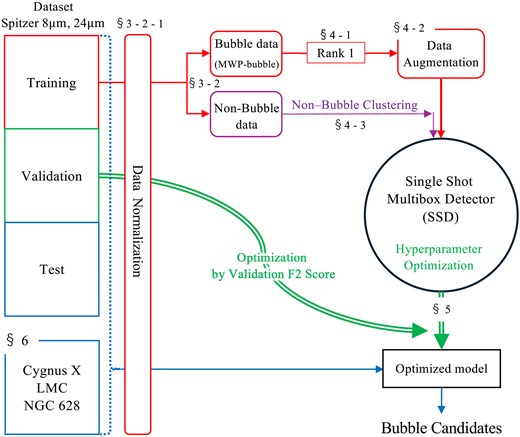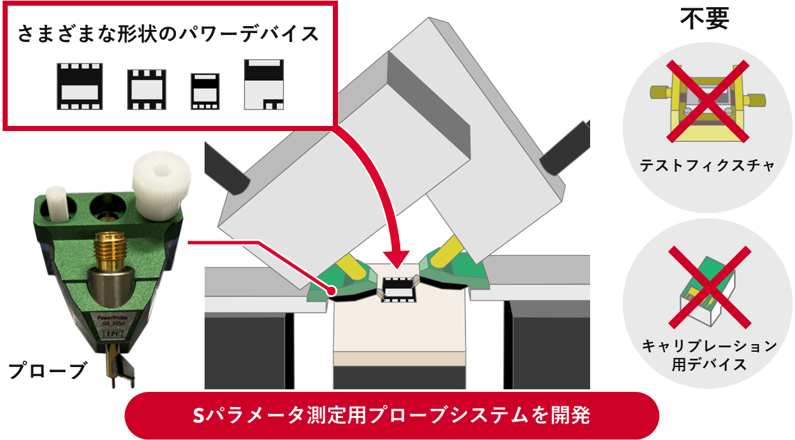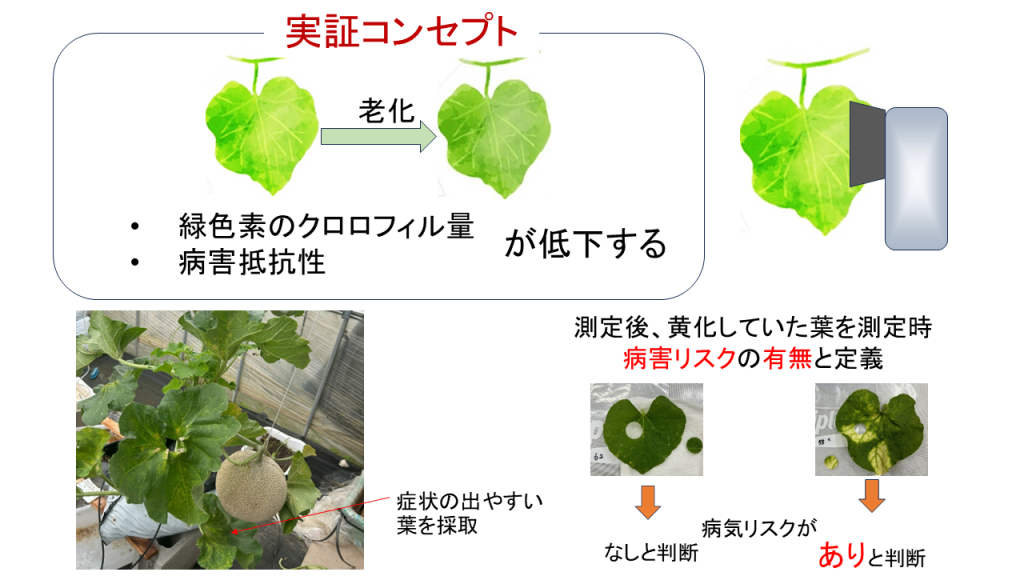2025-03-19 大阪公立大学
<関連情報>
- https://www.omu.ac.jp/info/research_news/entry-16765.html
- https://www.omu.ac.jp/assets/attachmentfile/attachmentfile-file-67630.pdf
- https://academic.oup.com/pasj/advance-article/doi/10.1093/pasj/psaf008/8084699
ディープラーニングを用いた天の川銀河とその周辺の赤外線気泡認識 Infrared bubble recognition in the Milky Way and beyond using deep learning
Shimpei Nishimoto, Toshikazu Onishi, Atsushi Nishimura, Shinji Fujita, Yasutomo Kawanishi, Shuyo Nakatani, Kazuki Tokuda, Yoshito Shimajiri, Hiroyuki Kaneko, Yusuke Miyamoto …
Publications of the Astronomical Society of Japan Published:18 March 2025
DOI:https://doi.org/10.1093/pasj/psaf008

Abstract
We propose a deep-learning model that can detect Spitzer bubbles accurately using two-wavelength near-infrared data acquired by the Spitzer Space Telescope and JWST. The model is based on the single-shot multibox detector as an object detection model, trained and validated using Spitzer bubbles identified by the Milky Way Project (MWP bubbles). We found that using only MWP bubbles with clear structures, along with normalization and data augmentation, significantly improved performance. To reduce the dataset bias, we also use data without bubbles in the dataset selected by combining two techniques: negative sampling and clustering. The model was optimized by hyperparameter tuning using Bayesian optimization. Applying this model to a test region of the Galactic plane resulted in a 98% detection rate for MWP bubbles with 8 µm emission clearly encompassing 24 µm emission. Additionally, we applied the model to a broader area of 1∘≤|l|≤65∘, |b|≤1∘, including both training and validation regions, and the model detected 3006 bubbles, of which 1413 were newly detected. We also attempted to detect bubbles in the high-mass star-forming region Cygnus X, as well as in external galaxies, the Large Magellanic Cloud (LMC) and NGC 628. The model successfully detected Spitzer bubbles in these external galaxies, though it also detected Mira-type variable stars and other compact sources that can be difficult to distinguish from Spitzer bubbles. The detection process takes only a few hours, demonstrating the efficiency in detecting bubble structures. Furthermore, the method used for detecting Spitzer bubbles was applied to detect shell-like structures observable only in the 8 µm emission band, leading to the detection of 469 shell-like structures in the LMC and 143 in NGC 628.



